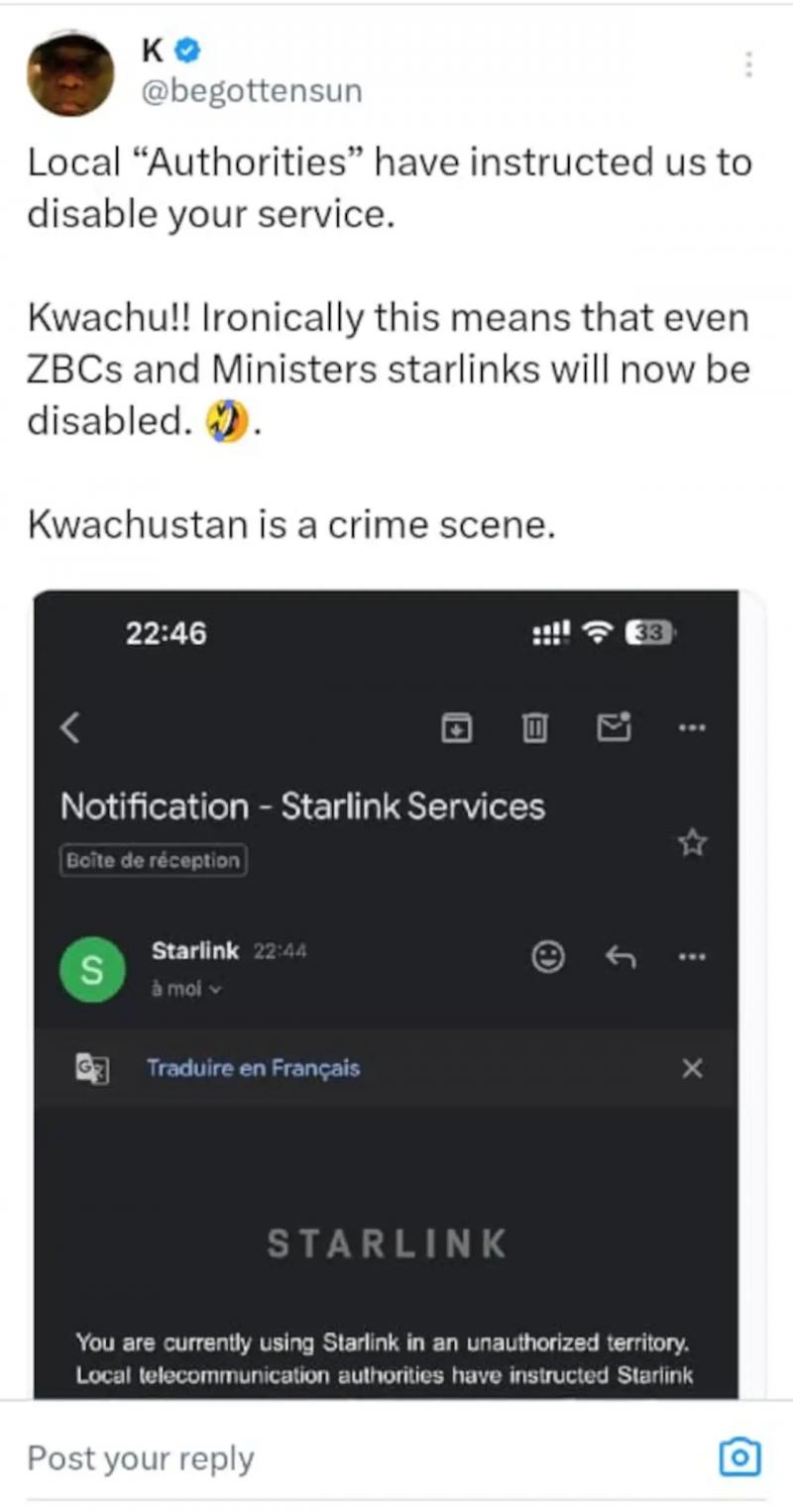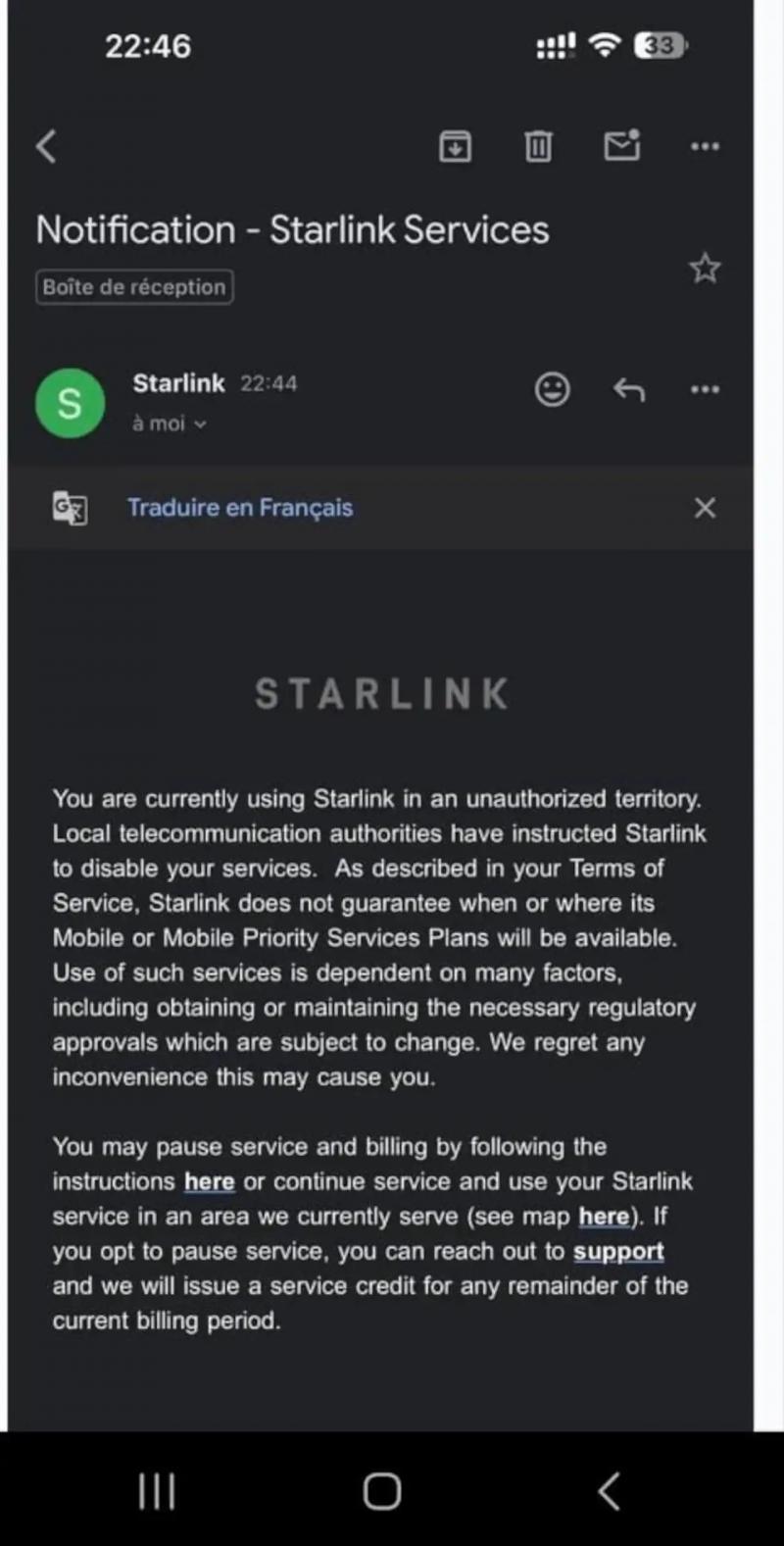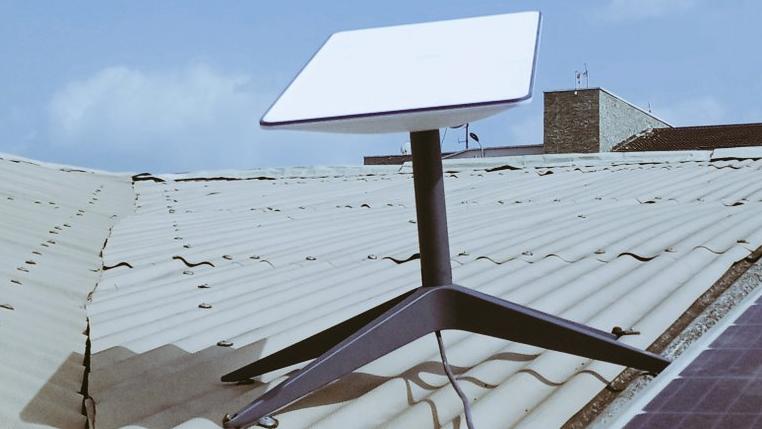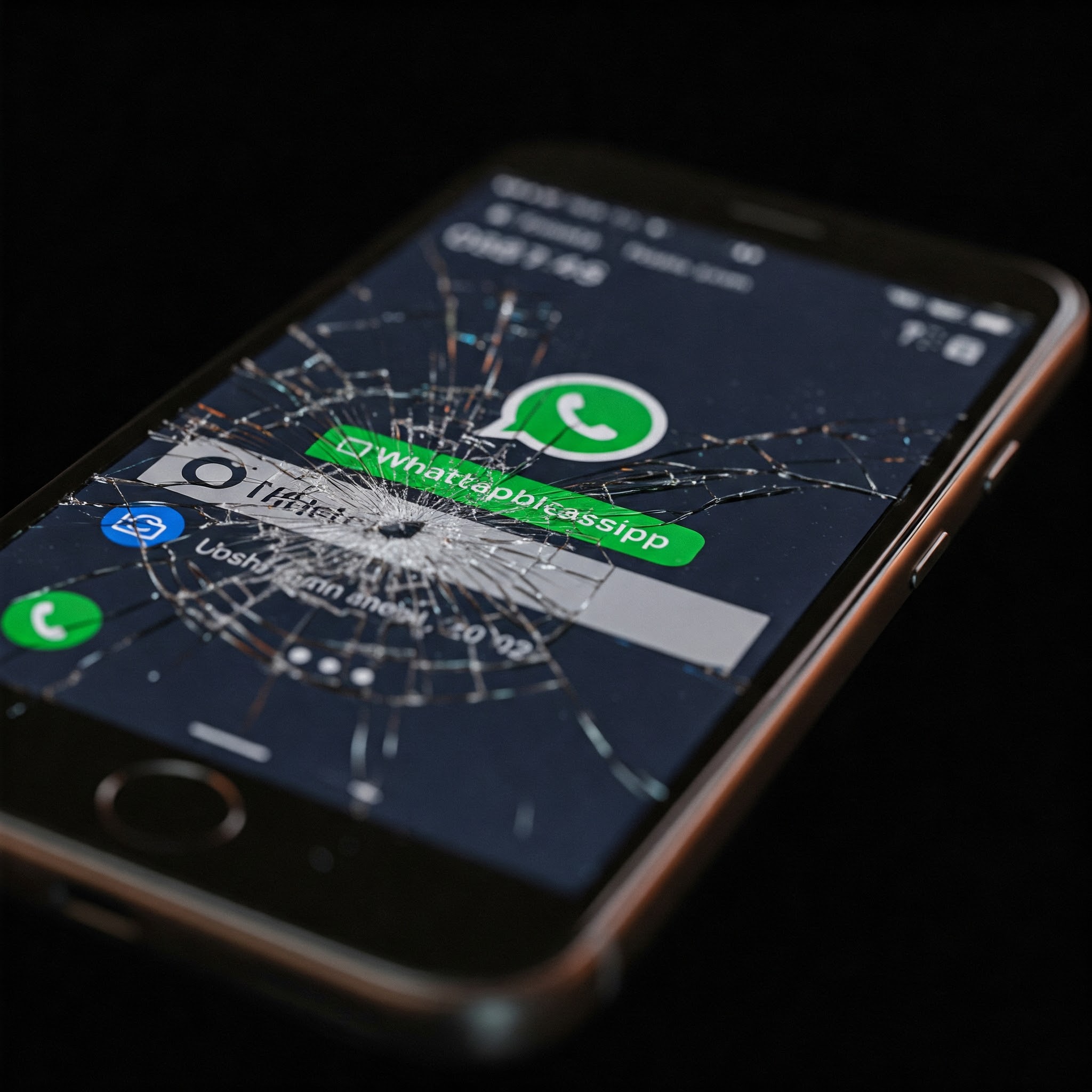A screenshot shared on X yesterday, by Kuda Musasiwa, a popular Zimbabwean on the platform suggested that Starlink has started disconnecting Zimbabweans.
The screenshot, an email supposedly from Starlink, was shared with the caption:
Local “Authorities” have instructed us to disable your service.
kwachu!! Ironically this means that even ZBCs and Ministers starlinks will now be disabled.
Kwachustan is a Crime Scene


The email itself reads:
“You are currently using Starlink in an unauthorized territory. Local telecommunication authorities have instructed Starlink to disable your services.
As described in your Terms of Service, Starlink does not guarantee when or where its Mobile or Mobile Priority Services Plans will be available. Use of such services is dependent on many factors, including obtaining or maintaining the necessary regulatory approvals which are subject to change. We regret any inconvenience this may cause you”, reads part of the message.
You may pause service and billing by following the instructions here or continue service and use your Starlink service in an area we currently serve (see map here). If you opt to pause service, you can reach out to support and we will issue a service credit for any remainder of the current billing period.”
Techzim has since determined this claim is false. A Starlink black market dealer in Zimbabwe has told us users are not at all receiving such emails from SpaceX.
The dealer, who prefers anonymity given his business, also said this particular screenshot has been making the rounds for at least 2 weeks and, until yesterday at least, the claim was that the email was received by Starlink users in DRC. “It’s the same screenshot doing the rounds.” he said.
Is Starlink actively deactivating anyone anywhere at all?
It’s “Yes” and “Not enough” depending on who you ask.
In February, reports suggested Starlink equipment belonging to hundreds of customers had been deactivated. The kits would have been smuggled from a country like Zambia, Mozambique and Eswatini where Starlink is licensed and operating. So it is happening outside Zimbabwe for now.
People that don’t want other people using Starlink are complaining the company isn’t doing enough to prevent and stop ‘illegal use’. Take this Bloomberg article for example that calls the situation a “systemic global problem”:
How they are smuggled and the sheer availability of Starlink on the black market suggests that its misuse is a systemic global problem, raising questions about the company’s control of a system with clear national security dimensions.
Just to be clear, the context of the Bloomberg article is Russia and the war in Ukraine. In response to questions about Russia’s use of Starlink kits, the company said in February:
If SpaceX obtains knowledge that a Starlink terminal is being used by a sanctioned or unauthorized party, we investigate the claim and take actions to deactivate the terminal if confirmed.
The Starlink seller Techzim spoke to was actually worried that tweets like Kuda’s (which has since been deleted) and articles like this one, will give Zimbabwe’s telecoms regulator POTRAZ ideas.
But as pointed out in our article last month:
Starlink cannot just pull the plug on all the kits in countries where their service is not yet approved. That’s because part of their service offering is the roaming service.
What happens after a Starlink kit has been deactivated?
According to the Bloomberg article referenced earlier, there’s a workaround Starlink users and dealers have resorted to. Apparently, the terminal can be re-registered in a different country and reactivated, then you roam with it again.
In Africa, Starlink is licensed in Mozambique, Malawi, Zambia, Eswatini, Rwanda, Kenya, Nigeria and Benin.














Comments
19 responses
Thanks, do u have any idea how much to get one of those kits installed at yr home so we can all enjoy while it’s last.
Last I asked, $1200 for a kit. Installation can be free if you can keep it on the ground or on an easy to access spot on your roof. If you need extra mounting hardware for a more permanent installation, then you will likely need someone to mount it for you and route the cables. Its no more complicated than a DSTV installation (if you have the motorised dish. The new one is adjusted manually). The app will guide you through setup and placement.
Thank u for the price and brief explanation ngatimbotsvaga marii toone kuti tingaishandisewo here iyo sitaringi iyi
Give me money, otherwise i tell on you.
Don’t hate this is my new hustle
How I understand it is, if the a roaming service there’s no way local net can infiltrate its roaming, and if there be benefits from this kind of operation potraz would be losing out, where there should be benefiting
I remember back then when we started using Internet, most of our telecoms was using analog but since it was not compatible we were on roaming services, I remember I had a home address from Califonia, So back then Africa had no location but Asia Japan and Eire,
So if the Starlink has such idea to bring forth High speed Internet services closer for quick servicing there’s no way our local Areal network can interfere with its service
I still do not understand what was said or is being said to be sanctions, why the country did not just fight back with its own sanctions, and, the Starlink issue makes me more confused! Why does Zimbabwe not just stop Starlink’s low earth orbit satellites from being placed in the area of space the country owns? I am sure the country has a right to shoot any satellites which will be trespassing, and it will be cheaper than hunting individual owners of the kits and putting them through the already congested courts, leaving some government money for other services.
You think these incompetent ones are capable of shooting satellites out of the sky ? 😂
No country can claim territory in space. If Starlink satelites and others are not geosynchronous. They are always moving, passing over many countries.
Shooting down a satelite can attract retaliatory action from diplomatic, trade and all the way up to being considered an act of war.
ICBMs or fighters capable of flying high enough to strike satelites with missiles are not cheap. Zimbabwe has neither. An official email or letter requesting geoblocking is the only (sane) response required.
Sanctions had no bearing on Starlink outside of providing services to sanctioned individuals and entities.
Starlink cases are simple. Pay the fine, move to plan B.
LOL hanzi shoot it down kkkkk. Mukuziya zvamunonyora ana msoroB? This satellites aren’t in Zim space and NOT stationary
Let us not give names, use hate or make things personal. Enough Respect!
The irony of the situation is this, all the big chiefs and their respective crony outfits are now reliant on starlink.. I imagine all of their farms etc rely on this tech now. So there is no chance of them asking starlink to blanket ban the system, further to this I imagine starlink knows this and will push our regulators to either embrace and ratify the system for the entire public base, or loose it entirely (at the end of the day they need the numbers to stay viable). Starlink is not going anywhere.
Starlink is the answer to current challenges of data costs, poor connectivity. Its success requires approaching Aamai to be the ambassador. Install one at Aamai’s kitchen, one at baba’s bhombistobhi and greenlight comes.
Usually there is some resistance…. Remember Econet case.
May you publish more articles instead one article per week? This page has a lot of following at three of four articles surfice.
We want advanced technologies.
When I was growing up at Dunnolly Farm, Mrs. Rosemary Dorwardused to get me stacks of magazines, ‘nat geo’, ‘kids did it’, and a host of newspaper cuttings on Aviation and water crayons to draw my little helicopters.
If you cannot give all the children access to the internet, give them the next best thing, ‘books’.
Global, universal Internet access must be a basic human right! So many Zimbabweans are marginalised by poor coverage and unaffordable costs.
A frica as a region has the highest percentage of youth in the world with an estimated 420 million people aged 15 to 35, and its share of rural youth is projected to rise to 37% by 2050.
Young people as producers and traders of food, as workers, innovators and entrepreneurs, and as policy actors are already playing an important role in agrifood systems. But they face a range of age-specific vulnerabilities and difficulties, and those living in rural and underdeveloped areas face additional challenges, including fewer opportunities to access quality education and vocational training, and lack of access to information, decent jobs, land, finance and markets. They are exposed to hazardous work and have insufficient opportunities to participate in policy dialogues and other decision-making processes. They are also confronted with broader challenges in rural areas such as the lack of, or limited access to, basic infrastructure and services, Internet connectivity, and environmental degradation.
Youth as a group is diverse. It is a dynamically changing group characterised not only by age but also by a set of intersectional dimensions, such as gender, education, wealth, ethnicity, health and geographic location. Additionally, it is important to recognise that young people are more likely than adults to migrate, and their life course often includes periods of mobility and migration, which has an impact on their level of engagement in agriculture and food systems over time.
Young women, especially those living in rural and conflict-prone areas, face additional barriers related to sociocultural norms, additional responsibilities within households, limited freedom and mobility, early marriage and pregnancy. These barriers limit women’s and girls’ ability to take advantage of economic and social opportunities. Gender inequalities have been exacerbated by the COVID-19 pandemic, the additional burdens of domestic work, access to education and health services, and access to technology (the digital divide).
Crises have disproportionate effects on young people (especially young women), but they also create spaces for innovation. Conflicts, natural disasters and pandemics disrupt education and destroy jobs and sources of income, leading to migration and displacement, social unrest, and aggravated inequalities. Nevertheless, the COVID-19 pandemic has also shown how young agri-entrepreneurs have adapted, moving to online marketing and sales, creating delivery services for transportation of their products, and adding value to primary products.
NEW EMPLOYMENT OPPORTUNITIES The growing population is projected to triple domestic food demand in sub-Saharan Africa by 2050 and bring about changes in food consumption patterns. The net food imports that are expected to increase to respond to this demand could be offset by increased African production which, in turn, presents opportunities to create decent employment for the youth within the broader agrifood system.
Data from the Organisation for Economic Co-operation and Development and the Sahel and West Africa Club in 2018 forecast the creation of 32 million new jobs in the agrifood sector up to 2025 in West Africa, along with an increase in the share of off-farm jobs. Similar findings exist for East and Southern Africa.
In addition, the African Continental Free Trade Area is expected to facilitate regional trade and contribute to the creation of jobs for young people, particularly in the agriculture sector.
Technologies hold the potential to transform the future of farming, making it more attractive and profitable, less burdensome, and more closely tied to markets and consumers. In 2018, almost 50% of the African population owned a mobile phone, with young people being the largest group using cell phones and apps.
The impacts on young people can be life-changing in areas such as education, extension services, social networking, job search and When they are given the appropriate support and enabling environment, young people in Africa can take advantage of new opportunities, develop innovative solutions, and contribute to building sustainable and resilient agrifood systems, according to a UN report released in 2022.
Usanyepa iwe uzvibate
How much